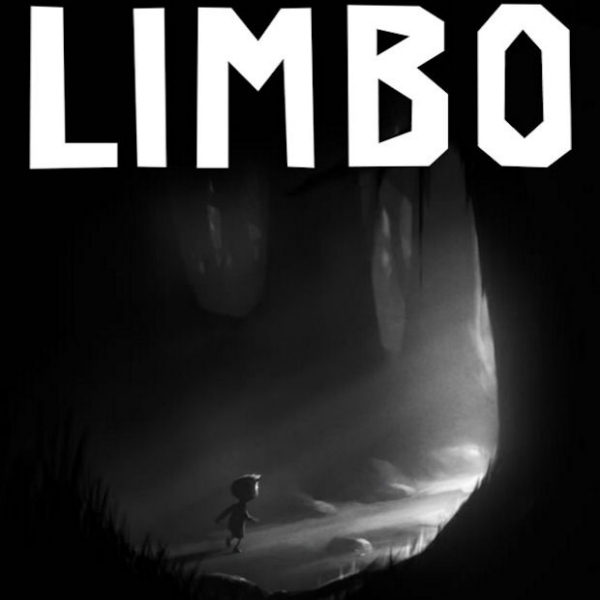Video games are an art form made up of visuals, sound, and a mysterious little something we call gameplay. Limbo is the perfect example of these three crafts working together in harmony to create something astounding. With no text, no dialogue, and no explanation, it manages to communicate circumstance and causality to the player more simply than most games. This black-and-white 2D puzzle platformer is one of the best games you’ll play this year on any platform.
You control a young boy who wakes up in a forest with no indication of who you are, how you got there, or where you’re going. You set out to explore this bizarre environment but soon find it to be a dangerous place, at which point your motivation becomes clear: you need to get the hell out of there. No cut scenes or loading screens will interrupt the action, making it easy to be swept away by Limbo’s disturbing world. From beginning to end, the game never stops surprising, delighting, and horrifying the player.
There are some pacing issues, though. In the first half of the game you encounter many interesting creatures and what appear to be other children (who are none too happy to see you). Then the second half takes place in a deserted industrial area. The puzzles become more interesting and complicated, but the absence of other life forms weakens our emotional connection with the game. Limbo’s final moment gave me chills — one of my favorite game endings ever. But the lead up to it needed more of a climax. You work your way through the second half of the game conquering increasingly dastardly puzzles, and then the journey ends unexpectedly.
So what do you actually do in Limbo? Well, you die a lot. But don’t worry, the game avoids being frustrating. The developers describe Limbo as a trial-and-death game. As you make your way through the forest, you’ll come across obstacles that will often kill you immediately in shockingly gruesome ways. How many times have you seen a little boy decapitated by a bear trap? But after your death you’ll restart right before the trap and get to figure out how to get around it. The game is very clever and eventually becomes quite challenging. You’ll be hooked the entire five to six hours it takes to reach the end. While this may sound short, it’s better for a game to leave us wanting more than to overstay its welcome.
There is a leaderboard that tracks your completion percentage, but the developer really missed an opportunity to build robust leaderboards that track all kinds of stats like number of deaths and completion time.
The sound design on display here is nothing short of astonishing. Many puzzles require you to listen carefully for sound effects that will clue you in on how to get past them. While there isn’t much of a soundtrack in the traditional sense, the ambient noises really instill a sense of dread in the player.
Source: IGN
